 This era of AYP (annual yearly progress) and the pressure to meet AMAOs for English Language Learners (ELLs) has fueled our current focus on academic language goals, often framed as vocabulary or discrete elements of grammar. But this narrow focus can result in missed opportunities to seek out and build on student-centered cultural and linguistic resources. Teachers need to focus on developing and honing their pedagogical skills to solicit student ideas and link students’ cultural experiences to the classroom. When we’re able to do that, science class becomes the optimal place to build on the prior understandings and language skills and language-rich practices that all of our students have developed at home and in their communities.
This era of AYP (annual yearly progress) and the pressure to meet AMAOs for English Language Learners (ELLs) has fueled our current focus on academic language goals, often framed as vocabulary or discrete elements of grammar. But this narrow focus can result in missed opportunities to seek out and build on student-centered cultural and linguistic resources. Teachers need to focus on developing and honing their pedagogical skills to solicit student ideas and link students’ cultural experiences to the classroom. When we’re able to do that, science class becomes the optimal place to build on the prior understandings and language skills and language-rich practices that all of our students have developed at home and in their communities.
– click to tweet this blog post –
The Next Generation Science Standards (NGSS) offer a way to start the journey of reflective teaching and raise the bar of science learning for all students. Appendix D—All Standards, All Students is accompanied by seven case studies of diverse student groups and addresses what classroom teachers can do to ensure that the NGSS are accessible to all students. The introduction states: “The chapter highlights practicality and utility of implementation strategies that are grounded in theoretical or conceptual frameworks. It consists of three parts. First, it discusses both learning opportunities and challenges that the NGSS present to student groups that have traditionally been underserved in science classrooms. Second, it describes effective strategies for implementation of the NGSS in the classroom, school, home, and community. Finally, it provides the context of student diversity by addressing changing demographics, persistent science achievement gaps, and educational policies affecting non-dominant student groups.”
I was honored to have taken the lead for Case Study 4: English Language Learners and the Next Generation Science Standards and provide the classroom vignette. In this unit, I engage ELLs with three-dimensional learning, in part, by bridging home and community with school. I use a homework assignment to validate the science knowledge in the home and develop comprehensive understanding of the science ideas, which compels a new driving question.
I have students take the Driving Question, “Is all soil the same?” to their families as an “interview.” The students solicit their families’ experiences with soil and write down the interview responses to share with the class. As a result of the homework, many students, especially those whose families have expertise in gardening, have deep, thoughtful conversations with their family. All of the ELL students strengthen their content-specific vocabulary in their home language, and they have an opportunity to bridge the content and vocabulary learned in school with their experiences at home. For example, newcomers from Gambia and Senegal are able to make sense of the science discussions in English after the translated homework is sent home and discussed in the home language.
The extra effort to connect home and school sends a message about the high value placed on home and cultural knowledge and experiences. The students feel validated and so do their family members. One Hmong parent, Mrs. Xiong, a vegetable vendor at a farmers’ market, offers to come into the classroom and share her expertise. She speaks through the school interpreter: “It’s raining in Laos pretty much all the time so the soil is pretty much rich. It rains so much the forest holds everything together and holds the nutrients. It doesn’t wash out. Over there we don’t have sandy soil. In this area, I was so surprised to see corn growing in rows in the sandy soil.” The class is fascinated by Mrs. Xiong’s description of fertilization techniques in her home country. After presenting families’ interviews about soil to their classmates, the students frequently bring up specific comments made by members of their family. It seems that the homework assignment is a small but powerful catalyst for inclusion.
The students write the evidence from their interviews onto sentence strips and include the evidence on the class’ Evidence Wall. This is powerful for some students, who see their parents’ words elevated to the same height as the evidence from shared readings! The students then analyze the data. The class discusses the similarities among the data and look for patterns, getting out a large world map. Everyone is unanimous that soil is different around the world. This discussion leads to the next Driving Question: “Is the soil the same in different places in our neighborhood?” The students spend the next three weeks engaged with the new driving question, collecting soil and analyzing it in three different locations around the school.
The ELL case study, soon to be published in the NSTA book, All Standards, All Students: Next Generation Science Standards in the Classroom, inspires teachers to attempt some new approaches for teaching science that will lead to success for their underserved students. As ELLs engage in sense-making with others around them, they draw from the experiences and conversations they have in their home, in their home language. When teachers tap into these experiences and discussions, they open the door to amazingly rich conversations and collaborative sense-making. Through the changes brought on by the NGSS, combined with creative teaching, we will see more of our students viewing STEM as a viable option for careers and grasping the value of science for understanding the world around them. By making purposeful connections to home and community resources, teachers of ELLs can take advantage of opportunities that engage students–transferring knowledge, practices, and crosscutting concepts across languages and home and community experiences.
Today’s Guest Blogger
 Emily Miller is a practicing teacher and a lead writer for the NGSS Diversity and Equity Writing Team. She has taught science as an ESL/ Bilingual Resource science specialist at a Title 1 urban school for 16 years. Emily has used the NGSS in her own diverse classroom and improved and refined teaching to the standards with her students. She is consulting with the Wisconsin Center for Educational Research to develop teacher tools to promote sense making and language learning for ELLs in science. Email her at emilycatherine329@gmail.com.
Emily Miller is a practicing teacher and a lead writer for the NGSS Diversity and Equity Writing Team. She has taught science as an ESL/ Bilingual Resource science specialist at a Title 1 urban school for 16 years. Emily has used the NGSS in her own diverse classroom and improved and refined teaching to the standards with her students. She is consulting with the Wisconsin Center for Educational Research to develop teacher tools to promote sense making and language learning for ELLs in science. Email her at emilycatherine329@gmail.com.
Editor’s Note
Coming soon from the National Science Teachers Association (NSTA): Look for the NSTA press publication, NGSS for All: Reaching Every Student, expected out in 2015. The book will include the seven case studies from NGSS Appendix D as well as additional chapters on interpretations and applications of the case studies for K-12 classrooms and in professional development. To view the case studies, visit the NGSS@NSTA Hub. You can also view them on the official NGSS website. Also read a related journal article authored by Emily and her colleagues, Hedi Baxter Laufer and Paula Messina. The article, NGSS for English Language Learners: From theory to planning to practice appeared in the January 2014 issue of Science and Children.
The mission of NSTA is to promote excellence and innovation in science teaching and learning for all.
Follow NSTA
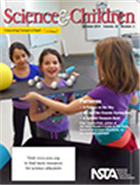 Science and Children
Science and Children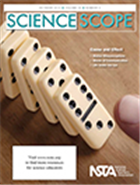 Knowing how to argue from evidence when attributing an observed phenomenon to a specific cause is an essential skill for any scientist. We hope the articles found in this issue will help teach your students to accurately identify and explain cause-and-effect relationships, both inside and outside the classroom.
Knowing how to argue from evidence when attributing an observed phenomenon to a specific cause is an essential skill for any scientist. We hope the articles found in this issue will help teach your students to accurately identify and explain cause-and-effect relationships, both inside and outside the classroom.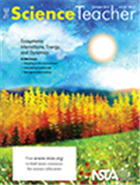 The Science Teacher
The Science Teacher


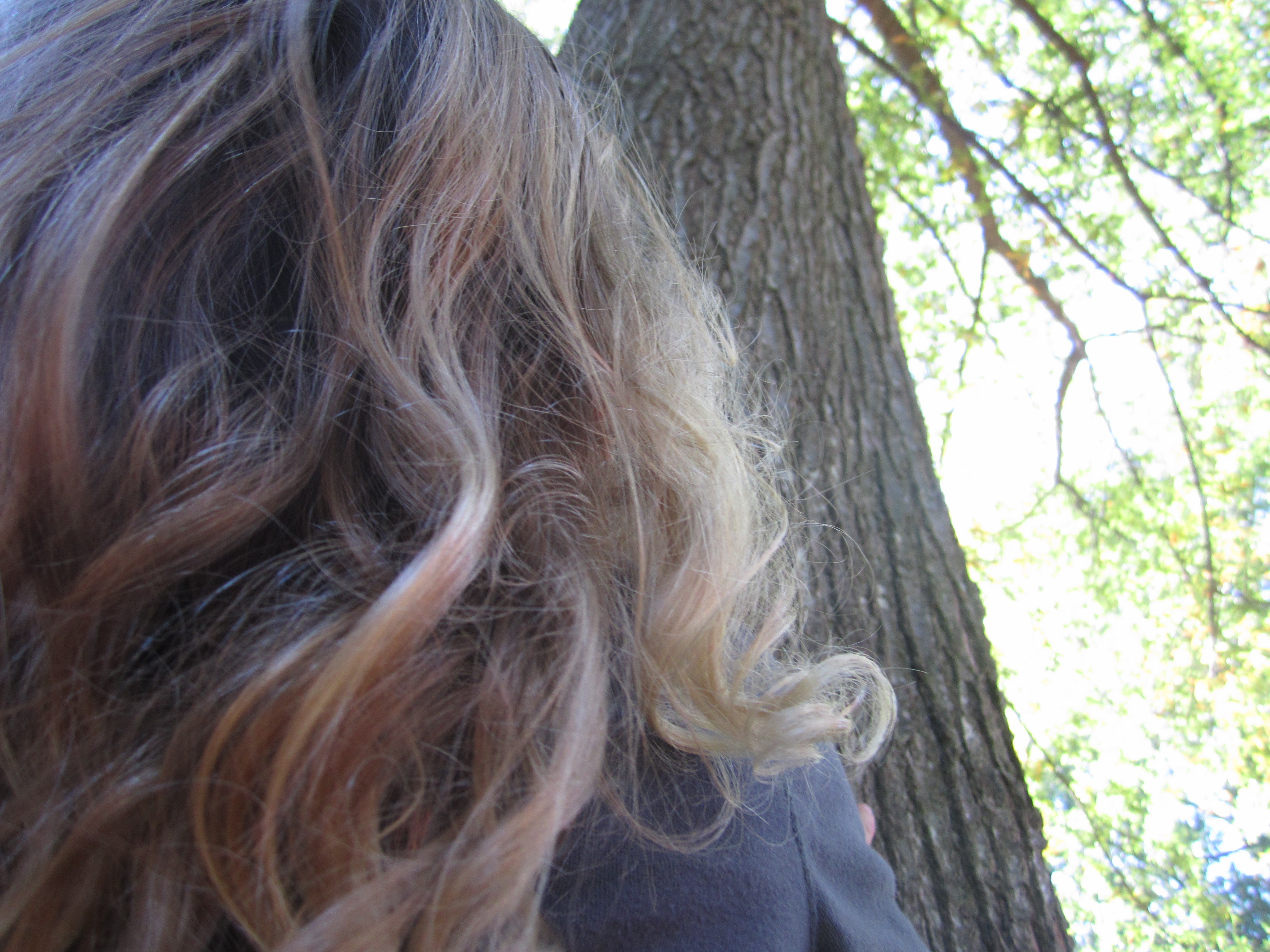
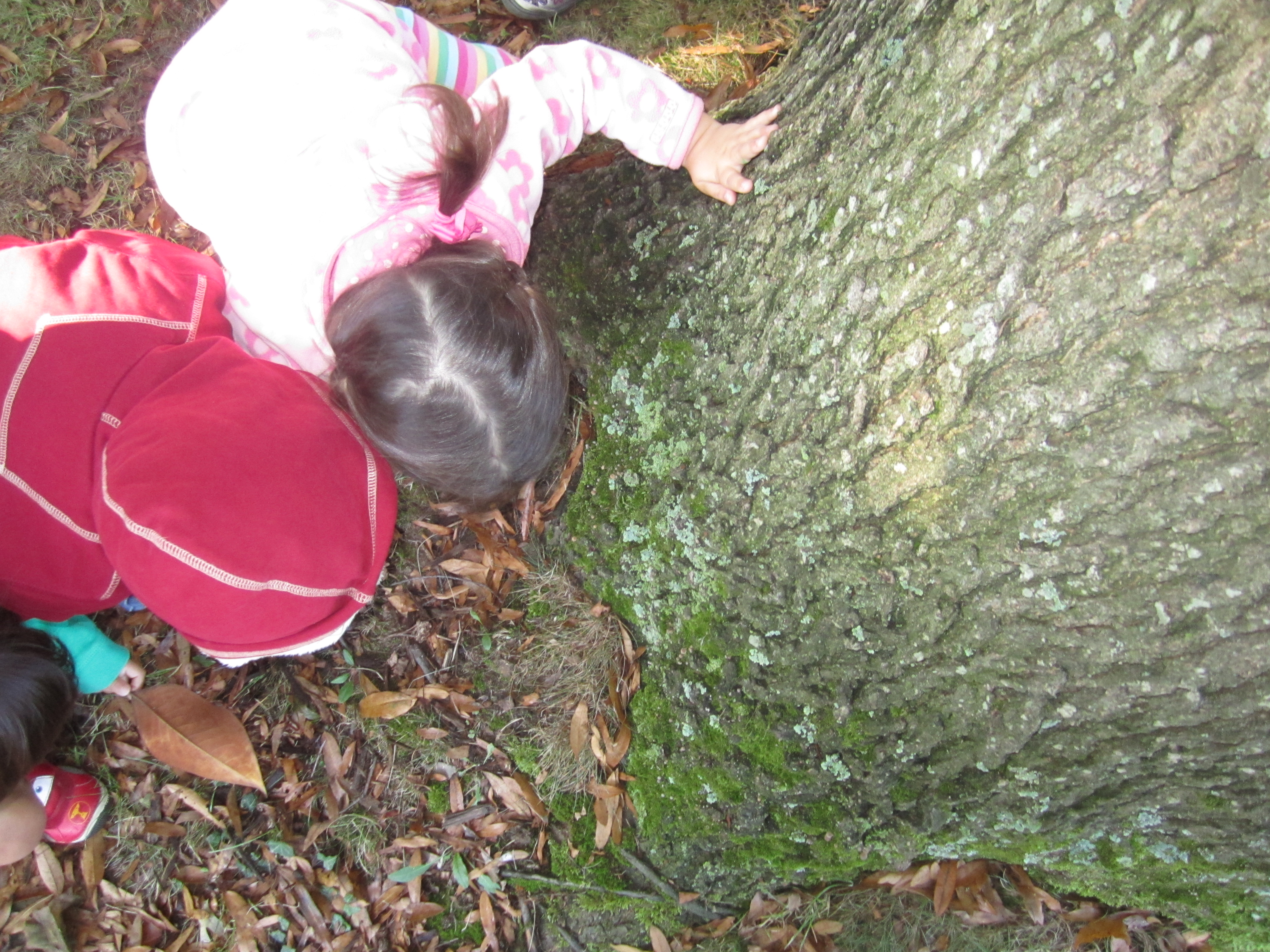
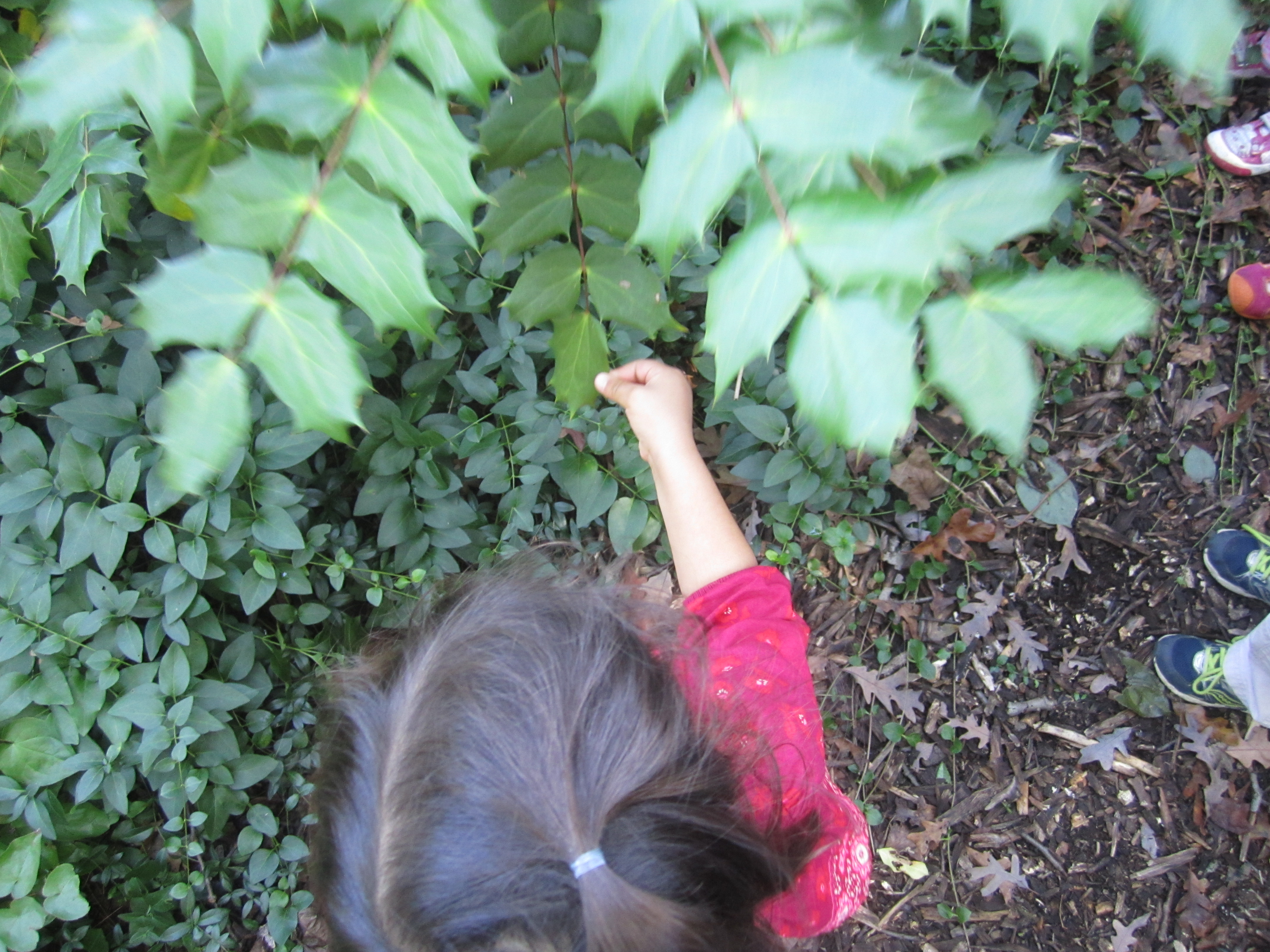
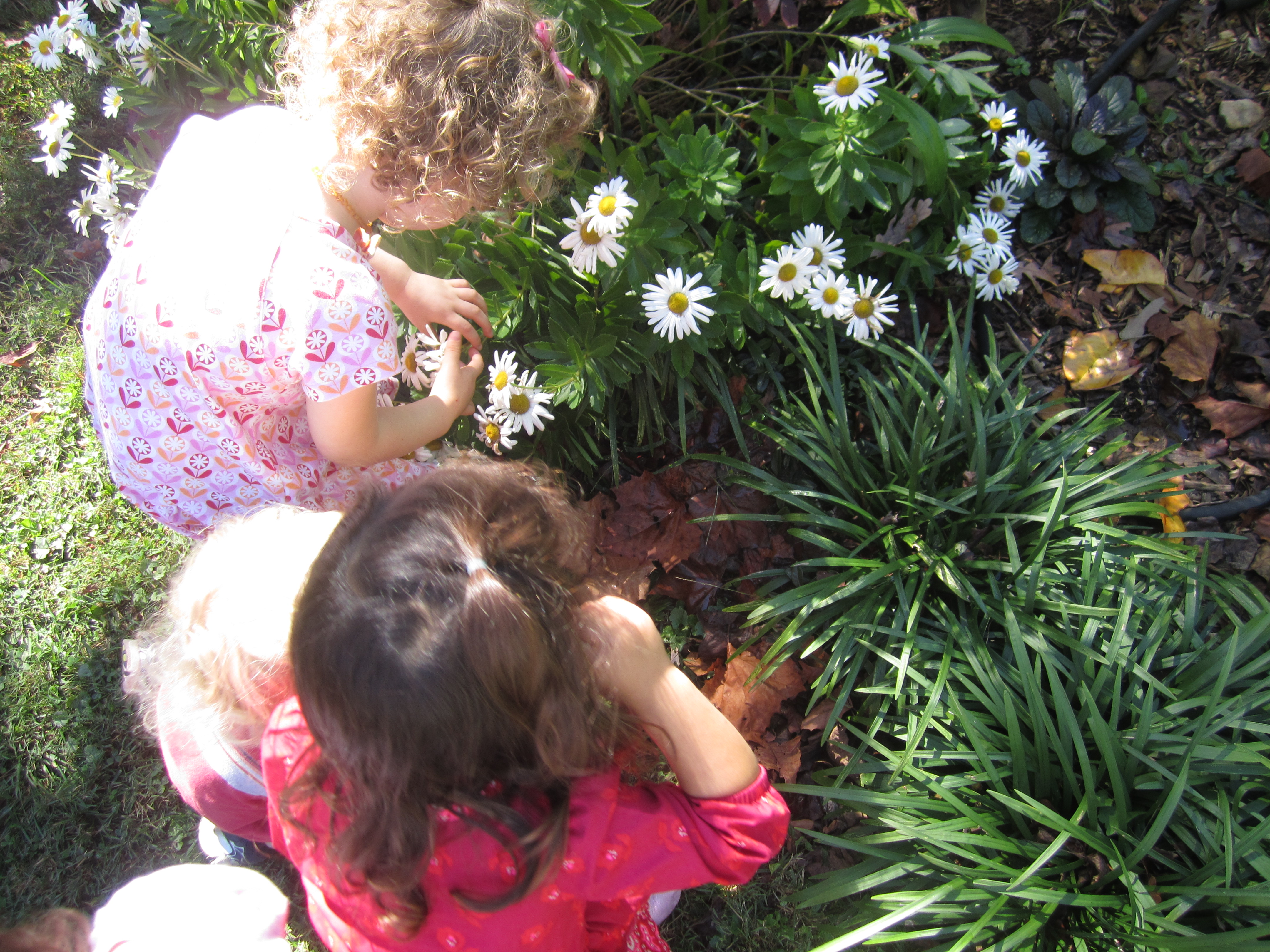


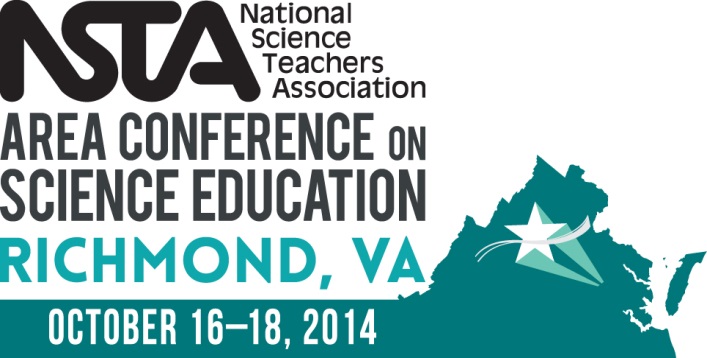

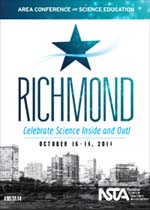



 I need suggestions on encouraging students to tell me when they don’t understand something. I ask my classes if they need any help, but no one seems to have any questions. The next day, it’s as if they never heard of the topic before! —A. from Nevada
I need suggestions on encouraging students to tell me when they don’t understand something. I ask my classes if they need any help, but no one seems to have any questions. The next day, it’s as if they never heard of the topic before! —A. from Nevada
 I’ve been reading the literature on the value of play in learning. I do give my students unstructured activity time in science class, but I’m not sure they’re getting anything out of it. For example, I gave each group of students a board and several toy cars. They began playing with them, and when I later asked what they learned or discovered about motion, the silence was deafening! I know they had fun “playing” with the cars, but I wanted them to learn something, too. How can I make this a better experience?
I’ve been reading the literature on the value of play in learning. I do give my students unstructured activity time in science class, but I’m not sure they’re getting anything out of it. For example, I gave each group of students a board and several toy cars. They began playing with them, and when I later asked what they learned or discovered about motion, the silence was deafening! I know they had fun “playing” with the cars, but I wanted them to learn something, too. How can I make this a better experience?
